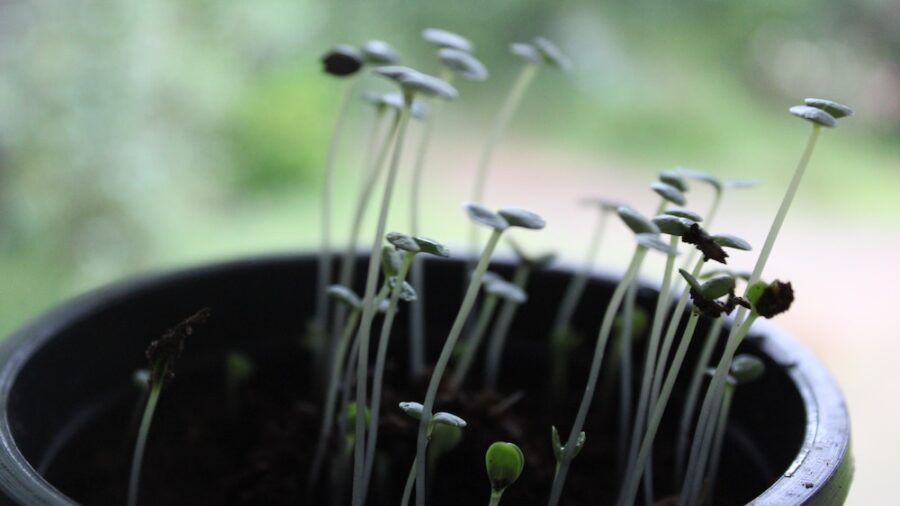Dead Plants Resurrected With New Discovery

Scientists from the University of California, Riverside (UCR), have recently discovered how a crucial organelle within plant cells can play a pivotal role in dealing with the aging process. During a recent study, researchers found that a protein within the organelle can bring back near-dead plants. This discovery sheds light on how plants respond to stress and holds promise for understanding aging in humans.
A Protein That Restores Life

Originally, scientists weren’t looking for ways to resurrect dead plants. They were simply trying to understand plant parts more and see which parts of plants reacted to stress. Along the way, they serendipitously learned more about a crucial organelle within plants called the Golgi body, along with a protein within the organelle called Conserved Oligomeric Golgi (COG).
Old Organelle New Discovery

While scientists have known about the Golgi body for over a hundred years, they didn’t know how important this organelle is to plants under stress. As it turns out, this organelle is crucial in maintaining cellular health and stopping live plants from becoming dead ones.
Combating Disease At The Microscopic Level

Like a bustling post office, the Golgi body sorts and dispatches molecules to their designated locations within the cell. The Golgi’s function is essential for the proper functioning of cells, as it ensures that proteins and lipids reach where they are needed. The COG is like a worker in the post office: it helps move tiny sacs around the cell and also helps attach sugars to other molecules—it stops plants from becoming dead plants by fighting off diseases.
Slows Down The Aging Process

The research shows that, while COG cannot bring back dead plants in the traditional sense, it can slow down aging and reverse the effects of stress. The research revealed that the absence of COG in plants subjected to stress, such as prolonged darkness, accelerates the aging process and leads to signs of cellular deterioration, such as yellowing, wrinkling, and thinning of leaves. However, when COG was reintroduced into these stressed plants, it effectively reversed the signs of aging and restored them to a healthier state.
This suggests that COG is crucial in maintaining cellular health and resilience under stressful conditions.
The Molecular Process Of Aging

Lead researcher Katie Dehesh, a professor of molecular biochemistry at UCR, expressed the team’s excitement over the unexpected finding regarding the “resurrection” of dead plants. “For the first time, we have defined the profound importance of an organelle in the cell that was not previously implicated in the process of aging,” Dehesh remarked.
Sunlight Is A Key Ingredigent For Health

The researchers observed a remarkable phenomenon through experiments involving modified plants unable to produce COG. When deprived of light, essential for photosynthesis and sugar production, these plants exhibited accelerated aging, displaying yellowing, wrinkling, and thinning of leaves within a mere three days. Remarkably, reversing the mutation and reintroducing the COG protein swiftly rejuvenated the near-dead plants, restoring them to their former vitality.
Hee-Seung Choi, a researcher at UCR, likened the process to reversing the effects of aging, stating, “It’s like nothing happened to them once we reversed the mutation.”
Relevance For Humans

This discovery holds promise beyond the realm of botany. Given that humans and other eukaryotic organisms possess Golgi bodies in their cells, the findings could offer valuable insights into human aging processes. The implications for human health and longevity are promising as the research team delves deeper into the molecular intricacies uncovered by this dead plant study.
Source: Nature Plants












